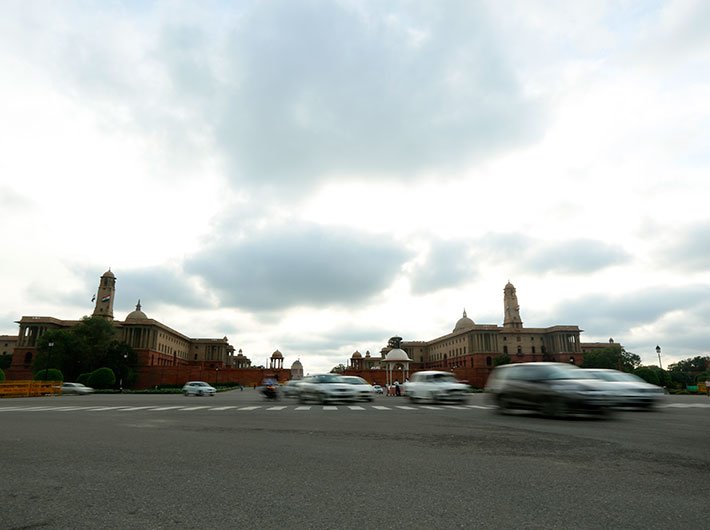The national capital is a cradle of contradictions. Consider these numbers and the paradox hits you squarely. Delhi registered an all-time high per capita income of Rs.2.41 lakh in 2014-15, an increase of 13.49% while tax collection growth was down by nearly 8% (from 10.60% in 2013-14 to 2.64% in 2014-15).
According to the annual economic survey for 2014-15 the number of industrial units in the Capital grew by 18.35% during 2005 to 2013 but , the number of unemployed holding diplomas of various courses has more than doubled between 1995 and 2013.
The survey was presented during the budget session of the Delhi Assembly on Wednesday. It shows an impressive growth of the city's financial situation with an increase of 8.2% as compared 7.4% at national level.
The survey said the annual per capita income in the national capital increased from Rs 2.12 lakh in 2013-14 showing an annual increase of 13.49%. It was almost three times more than the national per capita income in 2012-13 that stood at Rs 87,748.
Read More: Education gets huge chunk of Delhi budget
Tax collection of Delhi government registered a growth of 2.64% in 2014-15 down from 10.61% in 2013-14, as per the survey.
The fall can be attributed to negative growth of 4.34% in stamps and registration fees in 2014-15. Tax collections under motor vehicle tax, state excise and VAT recorded a growth of 10.61%, 8.59% and 2.03% respectively.
Another paradox is lowest growth of 3.28% in entertainment tax even while the city saw explosion of leisure business.
The contradiction that is most worrisome is that the number of unemployed graduates and post-graduates was higher than those of less qualification. In 2013 it was 1.9 lakh and those below matriculation and seeking jobs were less at 1.3 lakh.
Meanwhile, the capital, which is like a magnet for youths of neighbouring states, the unemployment is clearly a problem, especially the number of unemployed holding diplomas of various courses. It has more than doubled from 21,705 to 44,934. The survey makes it clear that many diploma holders are not getting jobs easily. In 2009, the number of unemployed in this category had gone down to 8,766 but rose to 23,361 in 2010, reached 37,554 in 2011 and 44,934 in 2013.
In 2013, Delhi had 8.5 lakh unemployed people, significantly lower than the 11.3 lakh recorded in 1997. However, since 2009 the number has risen steadily. It was 4.9 lakh in 2010, became 6.4 lakh in 2011 and then rose to 7.7 lakh in 2012. The number of unemployed persons registered in employment exchanges increased from 6.36 lakh in 2004 to 9.12 lakh in 2013.
The density of population in Delhi has increased from 9,340 persons per sq km in 2001 to 11,320 persons per sq km in 2011.
Poverty in Delhi came down to about 10 per cent of the total population in 2011-12 from over 14 per cent a year ago. According to the survey, there were 23.3 lakh people living below poverty line in 2009-10 while the number decreased to 16.96 lakh in 2011-12.
The Delhi government's budget for 2015-16 will be tabled in the assembly today (Thursday).
